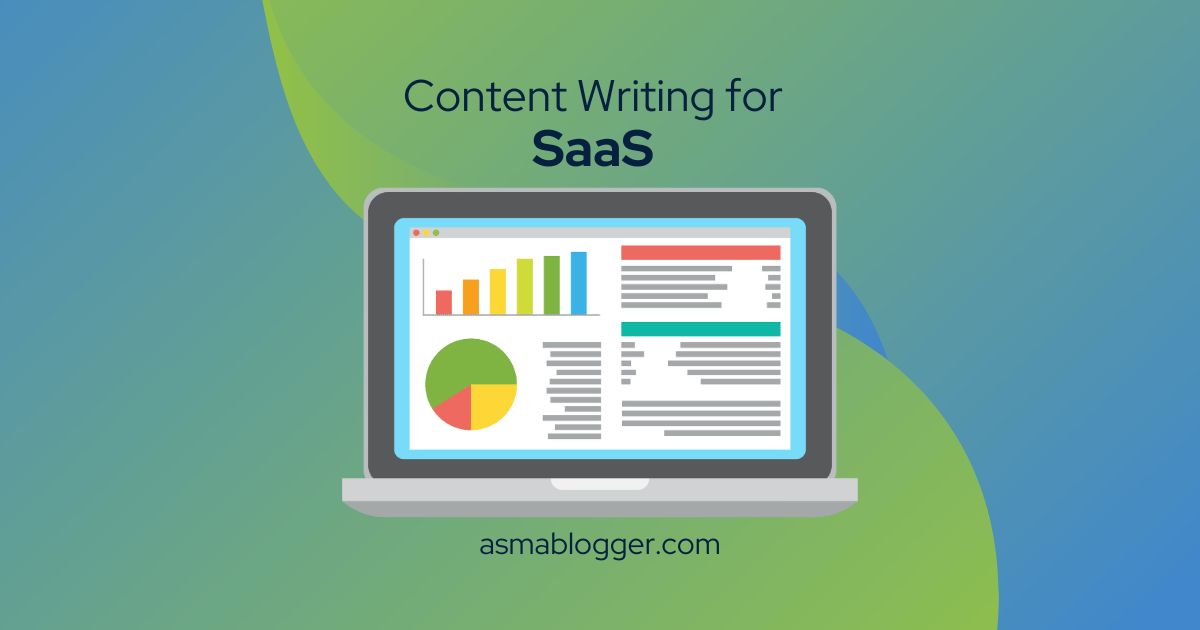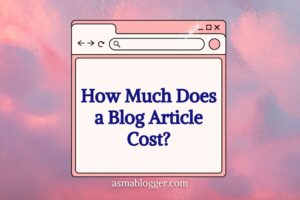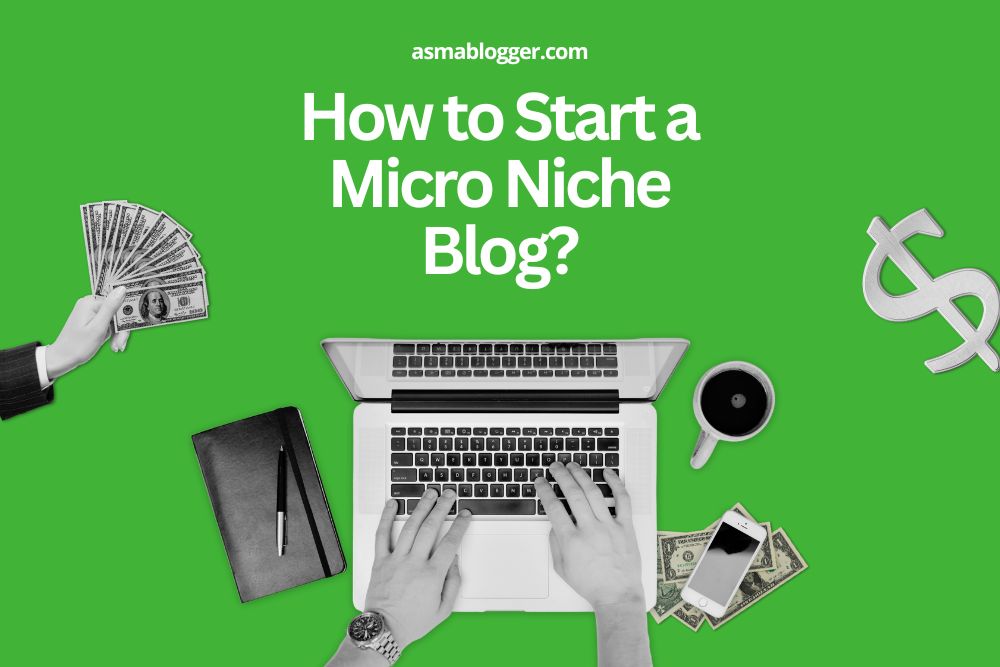Great content writing for a SaaS company involves more than just discussing your product. It’s about writing in a way that attracts potential customers, keeps them interested, and shows them why your product is valuable.
Table of Contents
ToggleGood content will build trust and make your brand a leader in your field. This means knowing your audience’s wants and writing messages that speak to them. By doing this, you will create content that not only informs but also converts.
Following these ten best strategies ensures your message connects with your audience and grows your business growth.
1. Understand Your Audience
First, you must know who you’re writing for your target audience. Develop a detailed buyer persona that includes demographics, psychographics, pain points, and content preferences. Use platforms like Reddit and Quora to gather insights and directly interact with your customers. Understanding your audience ensures your content resonates with them, from topics to writing style.
For example, if your target audience is small business owners, avoid creating content aimed at large enterprises. Mismatched content can alienate your audience and harm your search engine rankings for important keywords.
2. Conduct In-Depth Keyword Research
Keyword research is important in SaaS content writing. It will help you find relevant, high-traffic keywords related to your product. Tools like Surfer Keyword Research can quickly simplify this process by generating a content plan. Focus on long tail keywords with high search volume and low difficulty.
If you’re new, prioritize long-tail keywords. Though they have lower search volumes, they’re easier to rank for and often more specific, leading to higher conversion rates. For example, use “best document management software for accountants” instead of just “document management software.”
3. Optimize for SEO
Search engine optimization (SEO) plays a crucial role in drawing organic traffic to your site. Effectively optimized content will appear higher in search results, leading to more visitors.
Title Tags and Meta Descriptions:
Your title tag should be clickable and accurately reflect your content. Also, your meta descriptions, which appear below the title in search results, should be enticing and include your target keyword within 160 characters.
Header Tags:
Use headers (H1, H2, H3) to structure your content logically. These tags help search engines understand your content’s relevance to queries.
Related Post: Content-Centric SEO: A Comprehensive Guide
4. Align Content with Search Intent
Understanding search intent and the reason behind a user’s query will help you modify your content. There are 4 primary types of keyword search intent: informational, navigational, transactional, and commercial investigation. Tools like Surfer’s Keyword Research can label keywords with their search intent.
For example, if a keyword has commercial investigation intent, create content like a buyer’s guide or comparison post to address this intent effectively.
5. Use Internal and External Links
Internal linking helps connect your SaaS content to other related pages on your website. This will not only improve the user experience but will also aid search engines in understanding the context of your content.
Use contextual anchor text rather than generic phrases like “click here.” External links to credible sources also improve your content’s credibility.
6. Create Engaging Headlines
Your headline is crucial for attracting readers; therefore, it should be clear and concise, conveying the main benefit of your content.
Include your target keyword to ensure it’s displayed well in search results, keeping it within 50-60 characters.
7. Start with a Strong Introduction
The introduction sets the tone for your content. Begin with a hook or intriguing fact to engage your audience from the start.
Address their pain points directly or pose a thought-provoking question. Additionally, provide a brief outline of what your content will cover to set clear expectations.
8. Maintain a Conversational Tone
Writing in a conversational tone helps make your content more engaging and relatable. Imagine you’re chatting directly with your reader.
Use “I” and “you” to build a personal connection, and avoid using complex jargon or technical terms that might confuse your audience. This approach makes your content more accessible and friendly.
Related Post: What Tones Should You Use When Developing Content? Best Tips
9. Showcase Your Product in Real-World Scenarios
Instead of listing features, highlight your product’s benefits in real-world scenarios. Show how your features solve user problems.
For example, a blog post on a video editing platform could demonstrate how to create GIFs from videos using the software. This approach will make a compelling case for why your product is the best choice.
10. Make Your Writing Scannable
Organize your content to improve readability. Use short paragraphs, proper spacing, and headings (H1, H2, H3). Numbered lists and bullet points make your text digestible. Use comfortable fonts and include relevant visuals like images and infographics. Present the most important details upfront.
What is B2B SaaS Content Writing?
B2B SaaS content writing involves creating engaging and informative material for businesses selling Software as a Service (SaaS) to other businesses. This content not only highlights the product’s benefits, features, and solutions but also aims to educate potential customers, gain their trust, and ultimately increase sales.
How to do B2B SaaS Content Writing?
Below are some best practices for B2B content writing for SAAs.
Highlight Benefits and Features
- Explain how the SaaS product can solve specific problems or improve business processes.
- Demonstrate how the software can streamline operations, reduce manual tasks, and save time.
- Highlight how the SaaS solution can lower expenses compared to traditional software, such as eliminating the need for physical infrastructure or reducing the need for extensive IT support.
- Discuss how the software can grow with the business, providing more resources and features as the company expands.
- Describe key features and functionalities that set the software apart from competitors.
- Showcase the intuitive design and ease of use, which can reduce training time and increase user adoption.
- Explain how the software integrates with other tools and platforms the business might already use, ensuring seamless workflows.
- Emphasize robust security features, such as data encryption and regular updates, to assure potential customers that their data is safe.
Write Educational Content
Blog Posts: Write articles that tackle common challenges in your industry and explain how your SaaS product can offer solutions. This helps position your company as a knowledgeable leader by providing useful insights and solving industry problems. Encourage readers to share your posts and interact with your brand on all other platforms (like social media), which can increase your reach and influence.
Whitepapers: Provide in-depth analysis and research on relevant topics to demonstrate thought leadership. Support claims with statistics and case studies to provide credible and persuasive arguments. Offer actionable insights that readers can apply to their own business strategies. Use whitepapers as gated content to capture leads and build your email list.
Case Studies: Share success stories and real-life examples of businesses benefiting from your SaaS solution. Include reviews from satisfied customers to build trust and credibility. Highlight specific metrics and improvements, such as increased revenue, reduced costs, or improved efficiency. Clearly outline the challenges the client faces, the solution provided by your software, and the results achieved.
Email Campaigns: Develop targeted email content to nurture leads and engage current customers. Use data to personalize emails based on recipient interests and requirements to improve engagement and conversion rates. Implement automated workflows to send timely and relevant content to prospects and customers. Monitor the results, such as open and click-through rates, to continuously optimize your campaigns.
Related Post: How to Do SaaS Email Copywriting That Drives Sales?
Use the right language and Tone
- Use easy and simple language that is easy to understand.
- Steer clear of overly technical terms that might confuse readers unless your audience is highly specialized.
- Break down complicated ideas into manageable, bite-sized pieces for easier comprehension.
- Incorporate images, infographics, and videos to support your text and make it more engaging.
- Focus on the specific requirements and problems of your target audience.
- Show that you understand their struggles and are committed to providing effective solutions.
- Offer actionable tips and best practices that readers can implement immediately to see improvements.
- Use a professional tone that establishes your authority and reliability in the industry.
- Cite reputable sources, industry standards, and expert opinions to support your claims.
- Maintain a consistent voice and tone across all your content to build a great brand identity.
- Be honest about what your software can and cannot do, setting realistic expectations for potential customers.
Examples of Effective B2B Content Writing for SaaS:
Blog Post: “Top 5 Challenges in [Industry] and How Our SaaS Solution Solves Them”
Whitepaper: “The Future of [Industry]: Trends and Insights for 2024”
Case Study: “How [Company] Increased Efficiency by 50% with Our SaaS Product”
Email Campaign: “Discover the Key Features of Our New Update”
Need More Help? Hire a professional B2B SaaS content writer to take your business to the next level!
With over 4 years of experience in content and copywriting, I specialize in creating engaging and effective content for B2B SaaS companies. From SEO blog posts and social media updates to email campaigns and website content, I create writing that connects with your audience and delivers results.
I understand the unique challenges of the SaaS industry and know how to highlight your product’s benefits and features to capture attention and convert leads. My data-driven approach ensures that every piece of content is optimized for SEO and specific to meet your business goals.
Whether you need content that educates, informs, or persuades your audience, I can help you create a strong online presence and increase your brand’s credibility. Contact me directly for assistance, and let’s discuss!
Key Takeaways
Writing effective content for SaaS isn’t just about describing your product; it’s about telling stories that connect with your audience. By understanding what your readers want and using keyword research and SEO tools, you can create content that educates, builds trust, and encourages action.
Whether you’re targeting B2B clients or a broader audience, clear communication and addressing pain points are important. These strategies establish your brand as a leader in SaaS and help you grow and succeed over time. Follow these tips to improve your SaaS content strategy and achieve meaningful results.
FAQ’s
1. Why is content writing important for SaaS companies?
Content writing is crucial for SaaS companies to attract leads, build credibility, and educate potential customers about their offerings. By delivering valuable and insightful content, SaaS businesses can earn their audience’s trust and boost conversions. Quality content also enhances search engine rankings, helping potential customers find the company’s solutions more easily online. Furthermore, consistent, high-quality content helps nurture long-term customer relationships by continually addressing their needs and concerns.
2. What content types are most effective for SaaS marketing?
Effective SaaS content includes blog posts on product tutorials, feature highlights, industry trends, and thought leadership articles. These types of content educate users, showcase product value, and position the company as an industry leader. Additionally, case studies and customer success stories build credibility and trust, while whitepapers and eBooks provide in-depth insights and valuable resources for potential customers.
3. How can B2B SaaS companies create effective content that drives conversions?
B2B SaaS companies can drive conversions by understanding their audience’s pain points, producing educational and value-driven content like case studies and whitepapers, and optimizing for SEO with targeted keywords. Additionally, engaging with potential customers through webinars and adding social proof through testimonials and reviews can significantly enhance credibility and conversion rates. Consistently updating content to address industry trends and changes ensures continued relevance and value for the audience.
4. How can SaaS companies optimize their content for SEO?
SaaS companies can optimize their content for SEO by conducting comprehensive keyword research, creating content that addresses common pain points, and ensuring their content is data-driven and informative. Regular updates and optimizations are also crucial to maintain relevance and performance in search rankings. Additionally, leveraging user-generated content, integrating multimedia elements like videos and infographics, and focusing on building high-quality backlinks can further enhance their SEO efforts.















